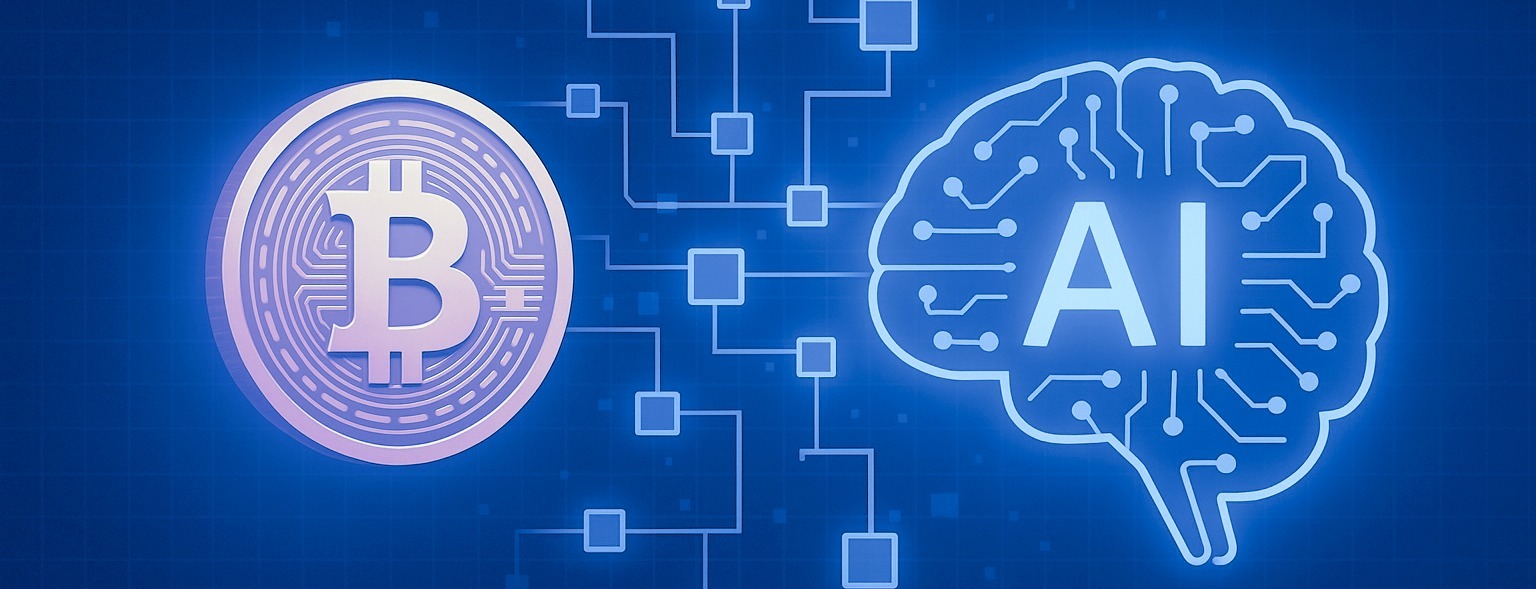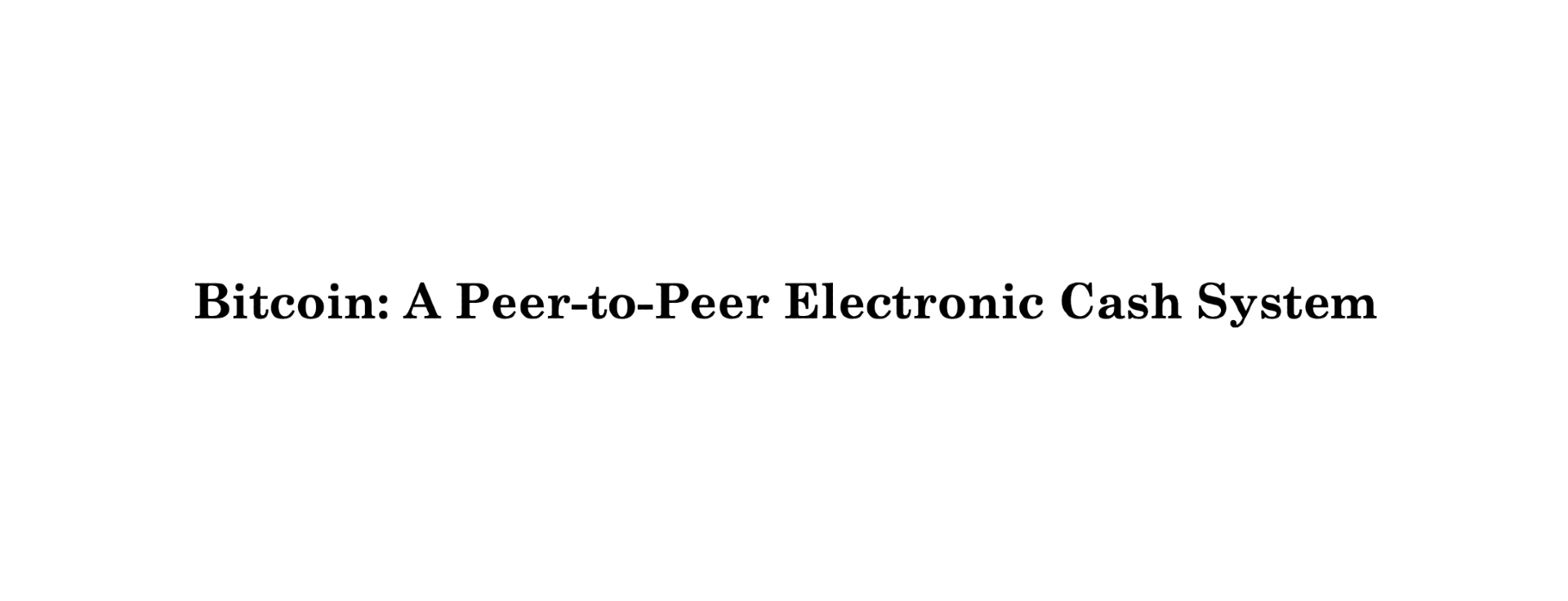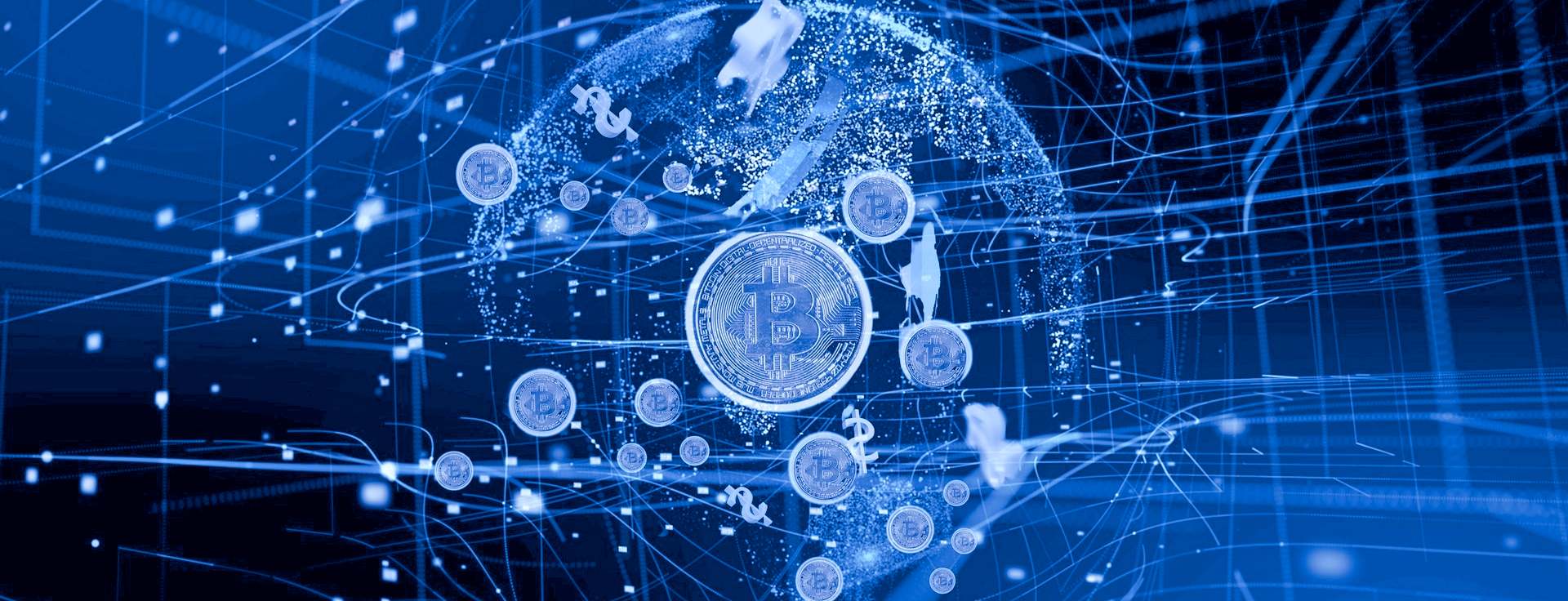What is {{chartFullCurrency}}?
{{chartFullCurrency}}'s price
{{chartFullCurrency}}'s price
{{chartFullCurrency}}'s price
{{chartFullCurrency}}
{{rate}}€
{{changePercent}}%
Buy cryptocurrencies safely & effortlessly
Create an account and start investing to cryptocurrencies with Northcrypto.
Start investingCardano (ADA) is an open-source blockchain project that aims to provide a scalable, secure, and environmentally friendly platform for smart contracts and decentralized applications (dApps). Its distinguishing feature is its scientific approach and research-based development, which sets it apart from many other blockchain projects. Cardano is not just a cryptocurrency; its vision is to create a sustainable and integratable platform capable of supporting various business and societal needs in global markets. The long-term goal of Cardano is to transform the global financial system by improving access to financial services, particularly in developing markets where traditional banking systems are often insufficient.
Cardano's blockchain is based on a Proof of Stake (PoS) consensus mechanism (Ouroboros), which stands out from Proof of Work (PoW) systems by significantly reducing the energy normally required to maintain the blockchain. This energy efficiency is a key factor that makes Cardano an attractive alternative for environmentally conscious investors and businesses. The PoS mechanism not only reduces energy consumption but also enables faster, cheaper, and more efficient transactions, which is crucial as the blockchain’s scalability and usage grow.
Cardano supports smart contracts and decentralized applications (dApps) that can offer innovative solutions to global challenges such as the digitization of financial institutions, digital identity management, and land ownership registration in developing regions. These applications allow Cardano to enable more efficient and equitable solutions around the world.
Cardano also has its own native currency, ADA. ADA is a core part of the Cardano ecosystem, used for payments and maintaining network consensus. Token holders can also participate in staking locking ADA tokens to secure the network and earn rewards. This mechanism offers both stable yields to investors and increases the network’s security. Cardano's development efforts have been recognized not only within the cryptocurrency community but also more broadly across the finance and technology sectors, as it aims to address problems such as scalability issues and high transaction fees found in traditional blockchains and financial systems.
Cardano's technical approach, combined with its scientific research and sustainable solutions, makes it a particularly compelling platform for solving global economic challenges and introducing new types of technological innovations to the market.
The History of Cardano
The history of Cardano dates back to 2015, when Charles Hoskinson, one of the co-founders of Ethereum, decided to start developing a new kind of blockchain platform. Hoskinson had been involved with Ethereum in its early stages, but he envisioned creating a blockchain that would be more scalable, more sustainable, and rooted in scientific research. To achieve this goal, he founded IOHK (Input Output Hong Kong), the company responsible for Cardano's technical development and research from the outset.
Hoskinson's original vision was to build a blockchain that was not only technically efficient but also capable of supporting global economic change and improving access to financial services, especially in developing markets. He wanted to create a system that could integrate with existing financial infrastructure and support institutional actors such as banks and financial institutions in leveraging blockchain technology.
Cardano made significant progress particularly in 2017, when its blockchain officially launched. That same year, Cardano introduced its native token, ADA, which was brought to market through an ICO (Initial Coin Offering). This marked Cardano’s first major entry into broader awareness in the cryptocurrency space.
Next, in 2020, the Shelley update brought full decentralization to the Cardano network, enabling broader participation in network maintenance and governance. This update also introduced the long-awaited staking feature, allowing users to earn rewards by locking ADA tokens and participating in the network’s security and operation.
In 2021, Cardano made another significant leap forward with the Goguen update, which brought full support for smart contracts and decentralized applications (dApps) to the network. This enabled the development of far more complex applications and financial solutions on Cardano, making it increasingly attractive to developers and companies looking to leverage blockchain technology in their operations.
The Vasil update in 2022 further improved the network’s scalability, reduced transaction costs, and provided better development tools for dApps. This made Cardano even more appealing for DeFi projects and smart contracts. It also enabled faster and cheaper transactions, which was critical for the network’s growth and wider adoption. The expansion of the DeFi market and the adoption of stablecoins increased Cardano’s significance in global finance.
In 2023, Cardano gained substantial support from legal victories related to lawsuits brought by the U.S. Securities and Exchange Commission (SEC). These outcomes strengthened Cardano’s market position and removed regulatory barriers that could have hindered broader commercial adoption. At the same time, Cardano expanded its partnerships across global financial markets with banks and financial institutions, reinforcing its role as a reliable and efficient blockchain platform.
In 2024, Cardano focused on leveraging Web3 technologies and developing stablecoins, which attracted more developers and companies to the network. Cardano’s capabilities expanded significantly, offering even more efficient and scalable solutions for DeFi, smart contracts, and NFTs. Meanwhile, Cardano deepened its global partnerships and played a role in supporting developing countries in enhancing financial inclusion.
By 2025, Cardano had solidified its place as a blockchain integrated into the global financial system, supporting financial inclusion, financial services, and advanced technologies. Over the years, Cardano has become a vital part of global payment systems and financial infrastructure, with its technical development, community engagement, and numerous partnerships playing a key role in the project’s success.
Cardano’s Technology: Innovative Consensus Mechanism, Architecture, and Ecosystem
Ouroboros: Cardano’s Consensus Mechanism
Cardano is based on a consensus protocol called Ouroboros, which is the world’s first scientifically peer-reviewed and formally verified Proof of Stake (PoS) mechanism. Unlike the Proof of Work (PoW) used by, for example, Bitcoin, Ouroboros does not require massive computational power or large energy investments. Instead, it leverages ADA token staking and randomized selection to produce blocks, making it a much more energy-efficient and sustainable option.
One of Ouroboros' most significant advantages is its excellent scalability. The protocol is designed to handle significantly more transactions per second than traditional PoS systems, making it an ideal platform for global payments as well as micropayments. This performance makes Cardano viable not only in large financial infrastructures but also in developing markets where resource efficiency and low transaction costs are especially important.
Ouroboros uses a randomized selection mechanism to determine block producers, setting it apart from many other consensus protocols. Block producers called slot leaders are chosen from users who have staked ADA tokens. The selection process is influenced by both the amount of ADA staked and a randomization factor, making the process both fair and secure. This unpredictability protects the network from targeted attacks and prevents centralization of power among a few actors.7
Additionally, Ouroboros applies a structured approach to time, using epochs and slots. An epoch lasts 120 hours (five days) and includes 432,000 slots, each lasting about 20 seconds. A new slot leader is chosen for each slot and is responsible for creating a block during that time interval. This structure allows block production to be broadly distributed across many validator nodes at different times, enhancing both scalability and resilience of the network.
All in all, Ouroboros represents a significant technological advancement over traditional Proof of Stake systems. It combines scientific verification, energy efficiency, technical decentralization, high security, and outstanding scalability. With these capabilities, Cardano is well-positioned to provide sustainable and reliable solutions for decentralized applications especially in environments where traditional blockchains fall short on efficiency and cost.
Layered Architecture and Its Benefits
Cardano’s technical design stands out from many other blockchains due to its layered architecture. In practice, the Cardano network is divided into two main layers:
- Cardano Settlement Layer (CSL): This layer handles basic payments and value transfers. It securely and rapidly processes transactions sent and received by users. It enables fast and low-cost payments without high transaction fees.
- Cardano Computation Layer (CCL): This layer supports the execution of smart contracts and decentralized applications (dApps). Separating value transfer from smart contract logic gives Cardano the flexibility to scale and adapt to different application needs. It also improves scalability and allows the network to be tailored to a wide range of use cases.
Cardano’s Ecosystem and Its Global Significance
The Cardano ecosystem has grown over the years into a broad and dynamic environment where developers, businesses, and communities can innovate and build smart contracts, decentralized applications (dApps), and digital solutions. This ecosystem offers a wide range of tools and resources that enable creative and sustainable technology development. Cardano’s open-source code and scientific approach provide a stable and reliable foundation for new innovations.
Developing economies have been a central focus in Cardano’s global strategy, as traditional banking systems are often underdeveloped in many regions. Cardano’s blockchain technology offers innovative financial solutions that are faster, cheaper, and more reliable than traditional systems such as bank transfers or money remittance services.
Improving financial inclusion is one of Cardano’s key strategic priorities. In developing countries, blockchain technology can enable micropayments, digital identities, and financial services even for people who previously lacked access to traditional banking. Cardano supports the financial inclusion of exactly these individuals, opening doors to international markets for those who have been excluded from financial services.
Over the years, Cardano has also established significant partnerships and collaborative projects with several global organizations and governments. For example, in Ethiopia where the traditional education system is poorly developed Cardano has contributed blockchain-based tools for managing and tracking educational records. Cardano has also provided services for land ownership registration and digital identity management, which can improve fairness and transparency, especially in countries where legal and financial infrastructures may be fragile or corrupt.
Cardano as an Investment: The Role of the ADA Token and Long-Term Growth Potential
Cardano is one of the most promising projects in the cryptocurrency and blockchain space, offering sustainable and innovative solutions for investors seeking secure and environmentally friendly opportunities. The ADA token, Cardano’s native currency, is a core component of the ecosystem and has a wide variety of use cases. ADA functions both as a means of payment and as part of Cardano’s Proof of Stake (PoS) consensus mechanism, enabling scalable, secure, and energy-efficient network operation. The role of the ADA token is crucial for maintaining network security and ensuring consensus. Token holders can participate in staking, which allows them to earn passive income by supporting the network’s operation. This makes ADA a particularly attractive long-term investment for those seeking stable and consistent returns.
Cardano’s technological foundation is one of its greatest strengths. The network is based on the Ouroboros protocol, a scientifically proven Proof of Stake mechanism. It significantly differs from traditional Proof of Work systems. Cardano’s network can process higher transaction volumes than many other blockchains, increasing its growth potential and making it a strong candidate for complex and scalable applications. The network can also expand as needed, making it flexible and adaptable to various market and application demands.
Cardano’s layered architecture is another major competitive advantage. The network is divided into two core layers: the Cardano Settlement Layer (CSL), responsible for basic payments and value transfers, and the Cardano Computation Layer (CCL), which supports smart contracts and decentralized application (dApp) execution. This separation provides fast and low-cost value transfers while also supporting the development of complex applications without compromising the network’s security or scalability. Developing economies have been a key focus area for Cardano, as blockchain technology can help improve access to financial services and economic inclusion in those regions.
Risks and Challenges of Cardano
Although Cardano offers many attractive features for investors, it naturally comes with risks as well. One of the greatest challenges is the uncertainty of the regulatory environment. Cryptocurrencies still face regulatory hurdles in many markets, and tightening regulations may impact the use of ADA tokens and the liquidity of markets, especially in regions with stricter oversight. This creates uncertainty that may affect the value development of Cardano and ADA. In addition, competition from other blockchain platforms like Ethereum and Solana is ongoing. Although Cardano distinguishes itself in many ways, it competes for the same developers and users as many other platforms offering similar applications and services. Because of this, Cardano must continuously evolve to stand out from competitors and remain an attractive option.
While investors must take into account regulatory risks and growing competition, Cardano offers significant opportunities especially for those seeking long-term sustainability and innovative technological solutions. It is an appealing option for investors who believe in the development of blockchain technology and smart contracts, and who value energy efficiency, security, and scalability. Additionally, Cardano is particularly suitable for environmentally conscious investors, as its PoS consensus mechanism makes it significantly less energy-intensive compared to traditional PoW systems. For this reason, Cardano may serve as a compelling long-term investment target for those who prioritize sustainable and responsible investing.
Summary
Cardano is an open-source blockchain project focused on providing a scalable, secure, and environmentally friendly platform for smart contracts and decentralized applications (dApps). Its defining features include a scientific approach and an advanced Proof of Stake consensus mechanism, making it a more energy-efficient alternative to many other blockchains. Cardano delivers scalability and speed, positioning it as an excellent platform for global financial and technological solutions.
Cardano also has its own cryptocurrency, ADA, which is a central part of maintaining network consensus. The token is used for payments, but its holders can also participate in network maintenance via staking and earn rewards. Cardano’s development work has received global recognition, particularly for its ability to combine technology, financial inclusion, and principles of sustainable development.
Cardano’s history began in 2015, when Charles Hoskinson, one of the co-founders of Ethereum, established IOHK and initiated the development of Cardano. The platform has undergone several significant upgrades such as Shelley, Goguen, and Vasil that have improved decentralization, smart contract support, and scalability. Through these upgrades, Cardano has evolved into a robust platform for DeFi solutions and stablecoins, while also gaining broader approval from financial institutions and institutional investors.
The future of Cardano looks bright, supported by ongoing development and growing global adoption. The network’s emphasis on developing countries opens new possibilities to improve financial inclusion and expand access to financial services in areas where traditional banking systems remain underdeveloped. Cardano stands out from many blockchain projects on the market due to its energy efficiency, scalability, and science-based approach, making it an attractive investment opportunity for those who believe in its long-term potential. For these reasons, Cardano is likely to continue attracting institutional investors and developers seeking long-term and responsible options in the cryptocurrency market.
Sign up now to invest in Cardano


